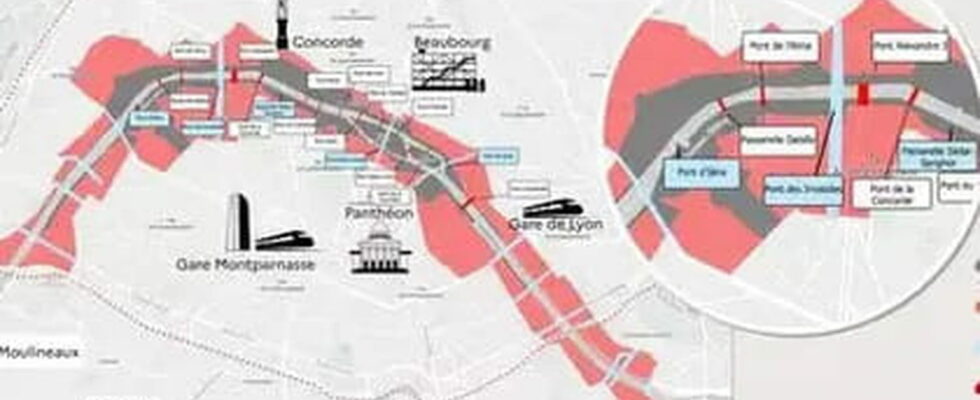Since July 18, the QR code for moving around during the Olympic Games has been in place. It is mandatory near the Olympic sites.
This Friday will be the opening ceremony of the Olympic Games. Until August 11, the events will take place one after the other in major tourist spots in the capital, such as near the Eiffel Tower, the Invalides, the Concorde, the Grand Palais, etc. Travel in Paris and especially around these sites will be more complicated.
A QR code was then put in place to circulate in certain areas of the capital. The objective is to ensure “that no dangerous person can access the security perimeters”, explained Gérald Darmanin. The hypothesis of an act of violence targeting the Olympic Games has not been ruled out and the area in which the QR code will be mandatory will correspond to the “internal security and fight against terrorism” zone.
The perimeter in which the QR code will be mandatory will change depending on the dates. It is during this week and until the opening ceremony that the zone is the most extensive: it will run along the Seine, from Trocadéro to Porte de Bercy, passing by the Louvre, the Tuileries Gardens and the Île de la Cité. The surroundings of the Olympic village in Seine-Saint-Denis are also affected.
Several perimeters have been demarcated with different rules. The QR code is required if you are in a car or motorized vehicle in the “red” perimeter around the Seine. In the gray zones, the QR code is mandatory even on foot or by bike. After the opening ceremony, these zones will be tightened around the competition sites.
How to get the QR code?
These exemptions are particularly accessible to local residents, hotel guests and professionals. People with tickets for the competitions will not need a pass: they will simply need to present the QR Code on their ticket directly.
It is still possible to obtain a pass on the site pass-jeux.gouv.fr. You can check if you are concerned and apply for a pass. You will then need to provide several pieces of information such as your name, first name, address, date of birth and provide supporting documents depending on the nature of your request (proof of address, employer certificate, etc.).
Once the application is completed on the platform, you will have to wait several days to obtain your pass due to administrative investigations. Finally, you must download or print the QR code to present it to the authorities or at checkpoints.

